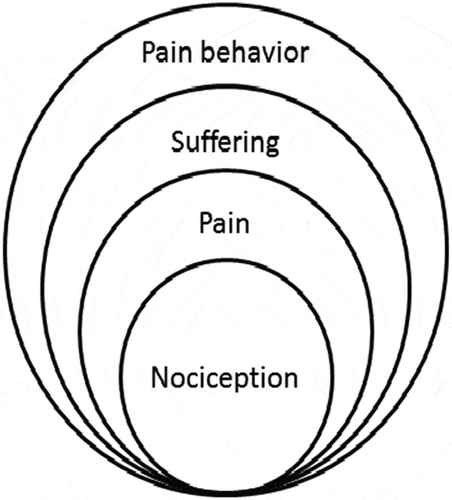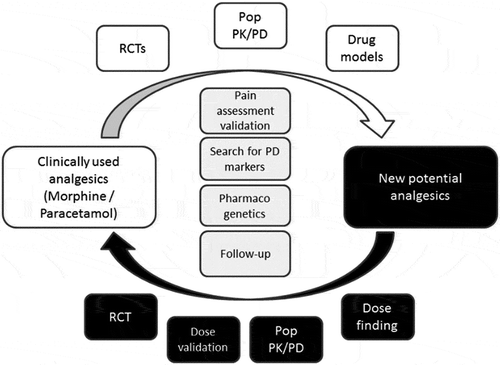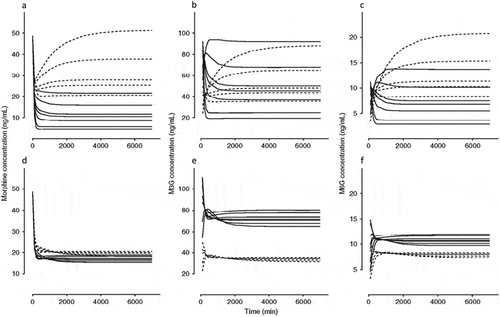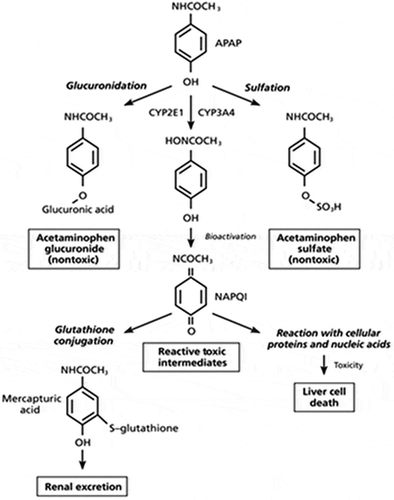Figures & data
Table 1. Validated pain assessment tools according to age and their indication.
Table 2. Potential pharmacodynamic markers in neonates and infants.
Table 3a. Randomized controlled trials with morphine in the young pediatric population.
Table 3b. Randomized controlled trials with paracetamol in the young pediatric population.




